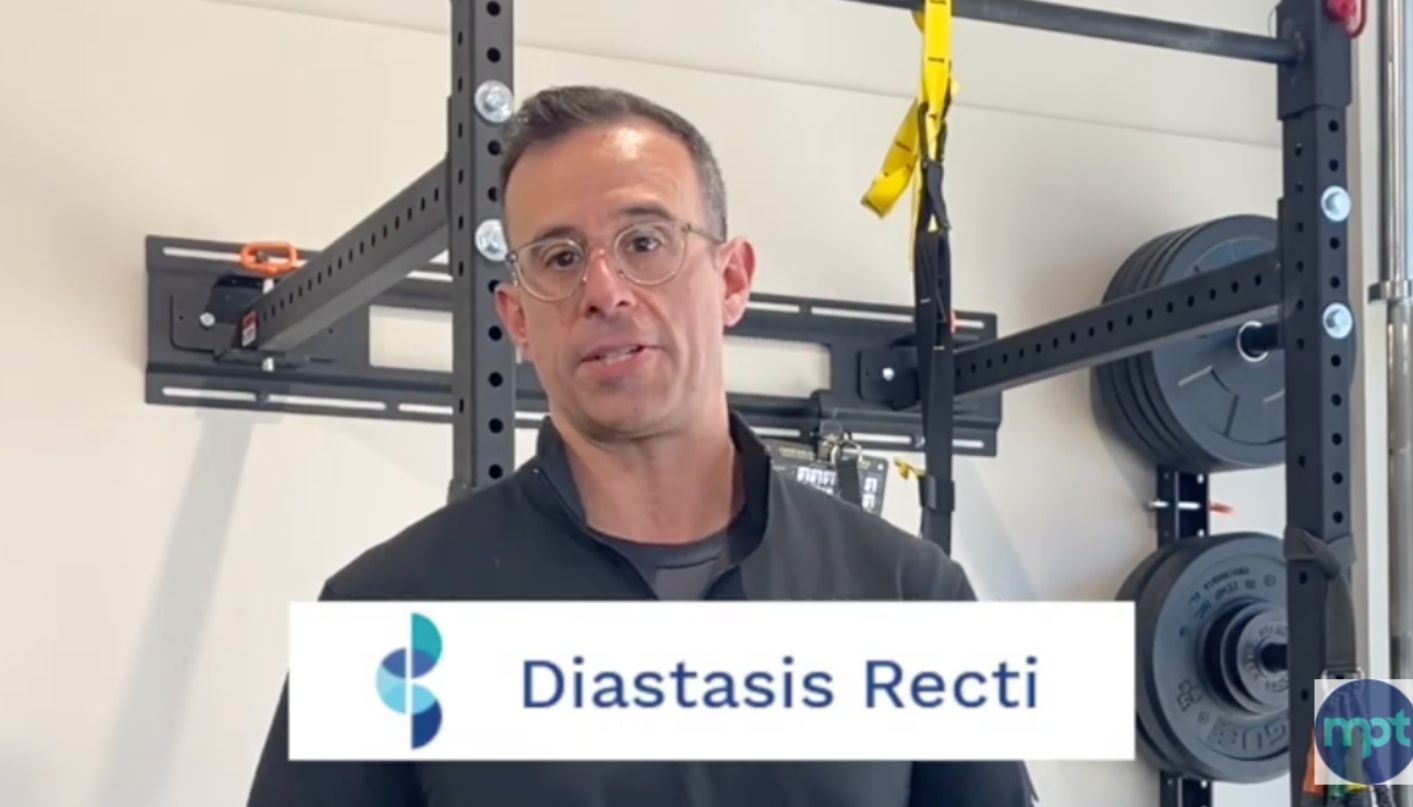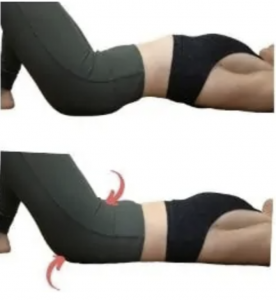
Physical Therapy for Postpartum Diastasis Recti
After having a baby, the general rule for “returning to exercise” is 6 weeks postpartum. However, pregnancy and postpartum is a different experience for everyone. Many times, patients have said to me, “Nobody told me this was going to happen”.
Your body goes through many changes during pregnancy and delivery. As your belly grows, your posture changes and results in an exaggerated curvature in the low back and forward tip of the pelvis. Your growing belly also stretches out your abdominal and pelvic musculature, resulting in poor core strength and potential leakage post-pregnancy. Different hormonal changes result in extra mobility in your joints and require your muscles to work even harder to control movement during activity.
Diastasis Recti
A common condition that can occur is diastasis recti which is when the two portions of the outermost abdominal muscle separate. Individuals may experience a visible and palpable gap between the rectus abdominis muscle, weakness within the midsection, and pelvic floor muscle dysfunction. Postpartum physical therapy can help resolve this and help improve overall postural control.
Postpartum Physical Therapy
While a PT will go through a thorough medical history and full evaluation, the following diastasis recti postpartum physical therapy technique can help you get started:
Posterior pelvic tilt holds
In this postpartum physical therapy position, you take a deep breath in. As you breathe out, think about flattening your lower back into the floor and your belly button dropping to your spine. Hold 3-5 seconds and repeat on a 5-minute timer. Do not hold your breath through this exercise.
Moriarty Physical Therapy
Are you experiencing diastasis recti and need postpartum physical therapy? Schedule an appointment or give us a call at 919-364-4000.
